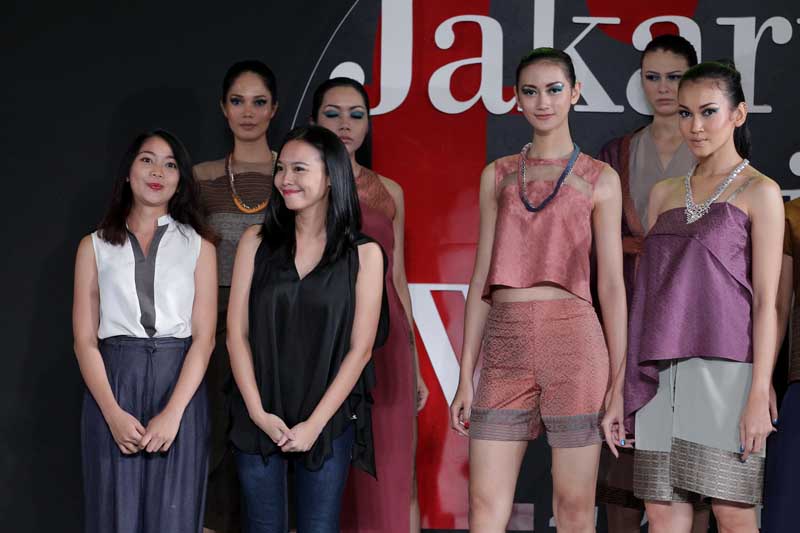
BARCELONA, Apr 12, 2009 / FW/ — Dimasi & McDonald set out to create a house when they formed MATERIALBYPRODUCT in 2004. The house that dominates their collective imagination is Chanel.
Gorgeous fashion aside, what inspires the design duo is an unmistakable language that is composed of how things are made: technique and process. Thus, Dimasi & McDonald invented techniques and processes that define all things MATERIALBYPRODUCT.
This language started with the re-invention of the fundamentals of garment making: cutting, marking and joining cloth. There are two fundamental approaches to shaping cloth for the body. One approach is to pick it up and wrap or hang it around the body, known as drape.
The other approach is to cut and join it into shapes to clad the body, known as tailoring. MATERIALBYPRODUCT fuses both approaches to produce a new silhouette for the 21st century.
A review of fashion shapes through history will produce a historical inventory dominated by volume. The twentieth century was about narrower shapes. The MATERIALBYPRODUCT silhouette drops column-like down the front, wraps around the side of the body and drapes at the back.
The signature silhouette is bloused at the back of the waist and swept up at the rear hemline. This silhouette is all about the side view. You do not look at a MATERIALBYPRODUCT woman; she turns her head to look at you.
A spotted grid marks the fabric for construction and illustrates the MATERIALBYPRODUCT fusion of drapery and tailoring. This fusion results in surprisingly few construction seams and no conventional fastenings.
In the Fall 2009 / Winter 2010 collection, printed and laser cut spots break rank from their rigid grid to trail into fields of wool and silk jersey, crepe and leather. The main garment seam is a silk-bound path across the shoulder that adorns the décolletage in silk necklaces and ribbons.
[Photos by Biel Sol]
[nggallery id=238]




No Responses